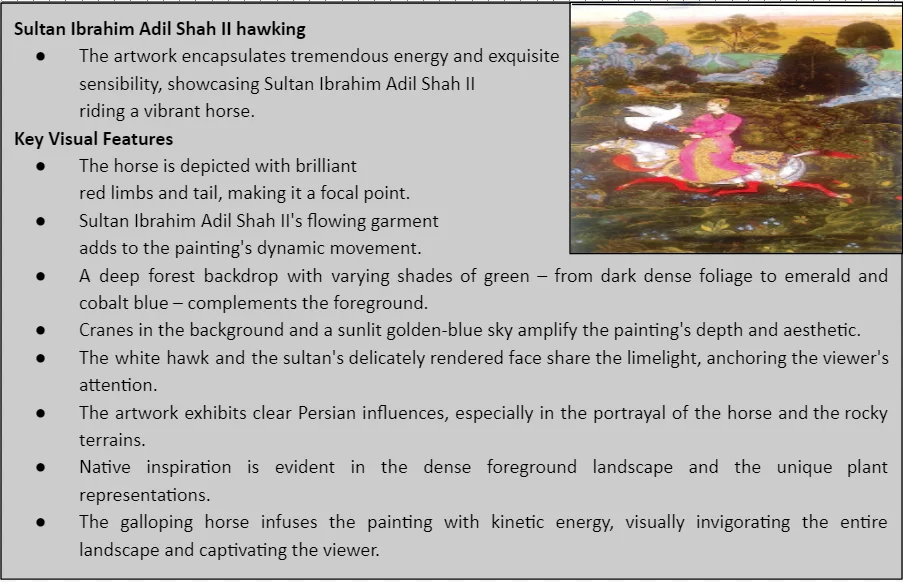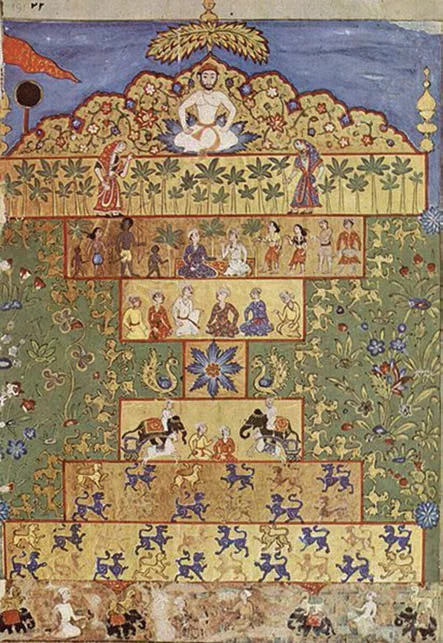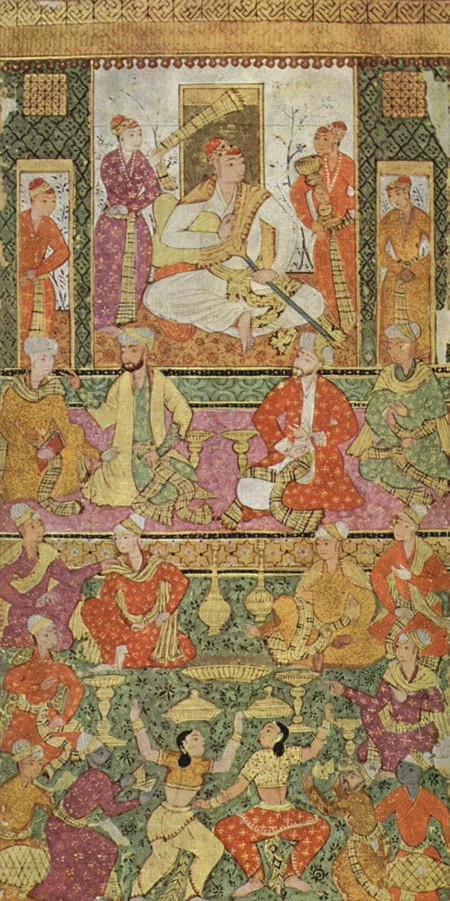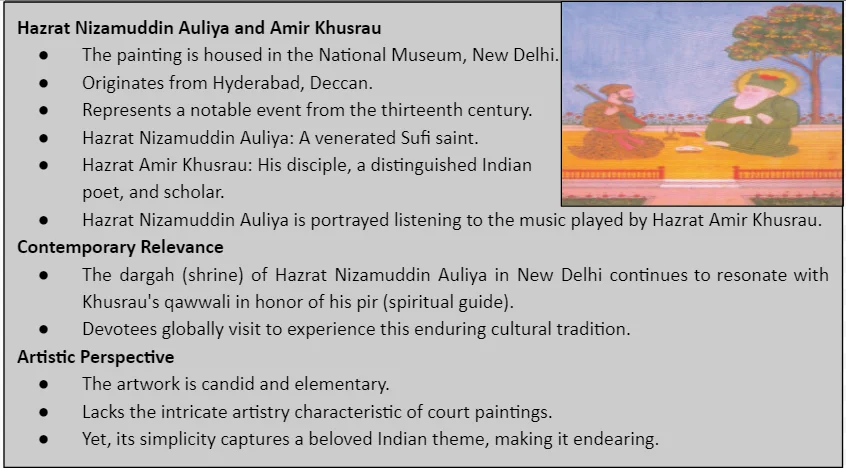![]() December 23, 2023
December 23, 2023
![]() 526
526
![]() 0
0
The Deccan School of Painting, specifically the Bijapur School, originated in the Deccan region during the 16th and 17th centuries, embodies a unique artistic tradition. Characterized by vibrant colors, intricate detailing, and a fusion of Persian and indigenous styles, it flourished under the Adil Shahi Sultanate, leaving behind a distinctive mark on Indian art history.
Bijapur School’s Artistic Splendor: Illuminating the Deccan School of Painting

Deccan School of Painting: Symbolism in Art – “The Throne of Prosperity”

Deccan School of Painting: The Uncommon Spiritual Subject – “Yogini”
Deccan School of Painting: Characteristics and Artistic Elements in Golconda School

Deccan School of Painting: Golconda Artworks and Their Unique Features





<div class="new-fform">
</div>
Latest Comments